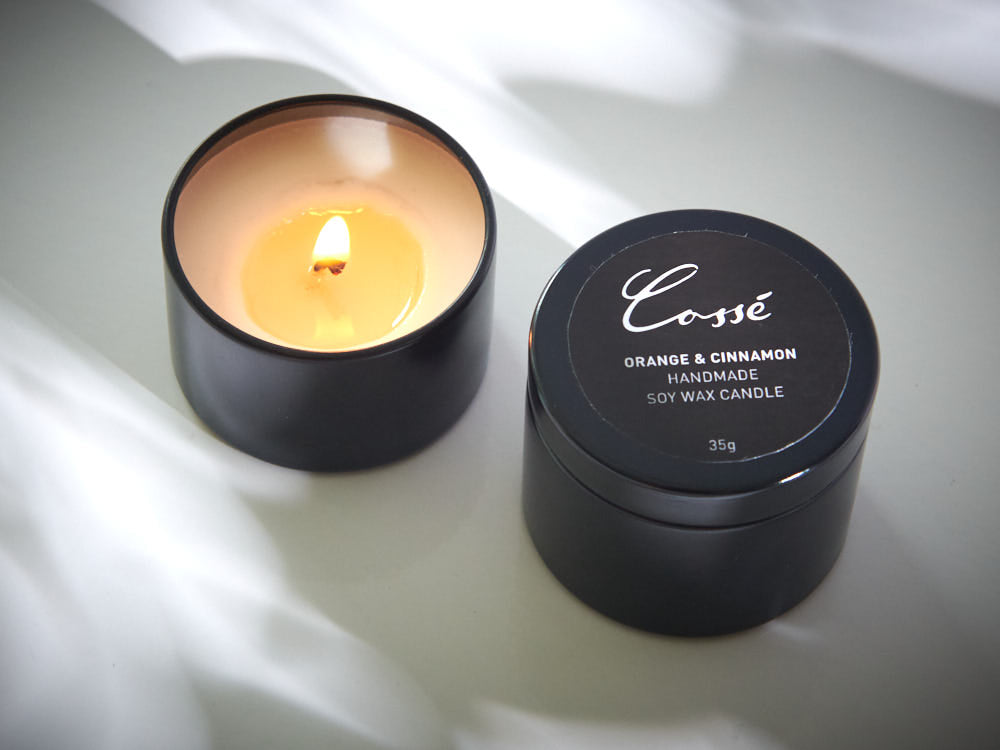Illuminate Your Setting with Crystal Soy Candles and Home Fragrance
Illuminate Your Setting with Crystal Soy Candles and Home Fragrance
Blog Article
From Wick to Wax: Comprehending the Chemistry Behind Soy Wax Candles and Their Environmental Impact
As we illuminate our areas with the cozy glow of candles, there exists a world of elaborate chemistry behind the apparently simple act of lighting a soy wax candle light. Join us as we untangle the clinical intricacies behind soy wax candles and discover their effects on our environment.
Soy Wax Vs. Paraffin Wax
When comparing soy wax and paraffin wax for candle production, it is necessary to recognize the distinct qualities and benefits of each material. Soy wax is an all-natural, eco-friendly source stemmed from soybean oil, making it environmentally friendly and naturally degradable - soy wax candles. In contrast, paraffin wax is a byproduct of petroleum refining, which raises issues regarding its environmental effect and sustainability
Soy wax candles shed cleaner and release much less residue compared to paraffin wax candle lights, making them a healthier selection for indoor air high quality. In addition, soy wax has a lower melting point, permitting for a longer-lasting candle light that disperses fragrance much more successfully. Paraffin wax, on the other hand, has a tendency to shed faster and less easily, possibly releasing damaging chemicals into the air.
From a sustainability perspective, soy wax is preferred for its biodegradability and eco-friendly sourcing, lining up with the growing consumer choice for ecologically mindful products. While paraffin wax has actually been a standard option in candle making as a result of its cost and simplicity of use, the change towards environmentally friendly alternatives like soy wax is obtaining momentum in the industry.
Chemical Make-up of Soy Wax

Combustion Process in Soy Candles
The chemical structure of soy wax directly affects the burning procedure in soy candles, affecting factors such as burn time, aroma launch, and environmental impact. When a soy candle light is lit, the warm from the flame melts the wax near the wick. This fluid wax is then drawn up the wick as a result of capillary activity. As the liquid wax gets to the fire, it vaporizes and undergoes combustion. The burning process involves the vaporized hydrocarbons in the wax responding with oxygen in the air to produce warmth, light, water vapor, find and carbon dioxide.
The combustion effectiveness of soy candle lights is affected by the purity of the soy wax and the quality of the wick. Furthermore, soy wax candle lights have a reduced environmental effect contrasted to paraffin candle lights due to their renewable and naturally degradable nature.

Ecological Benefits of Soy Wax

Thought about a lasting option to standard paraffin wax, soy wax supplies significant ecological advantages that make it a prominent choice among eco-conscious customers. One substantial benefit of soy wax is its sustainable sourcing. Soy wax is stemmed from soybean oil, which is primarily cultivated in the USA. The farming of soybeans assists support local farmers and lowers the dependence content on non-renewable nonrenewable fuel sources utilized in paraffin wax production. In addition, soy wax is naturally degradable, implying it breaks down normally without releasing hazardous toxins right into the atmosphere. This particular makes soy wax candles an extra ecologically pleasant alternative compared to paraffin wax candles, which are made from oil, a non-renewable resource. Soy wax burns cleaner and generates less residue than paraffin wax, contributing to better interior air high quality and decreasing the need for cleansing and maintenance. Generally, the environmental advantages of soy wax align with the expanding need for sustainable and environment-friendly products in the marketplace.
Recycling and Disposal Factors To Consider
Recycling and proper disposal of soy wax candles play a vital duty in preserving environmental sustainability and decreasing waste in homes and neighborhoods. When it comes to recycling soy wax candles, the initial action is to make sure that the candle has actually melted entirely.

In resource terms of disposal, if recycling is not a choice, soy wax candles are biodegradable and can be safely gotten rid of in a lot of house waste systems. Nonetheless, it is constantly suggested to consult local reusing facilities or waste management solutions for certain guidelines on candle disposal to make certain appropriate handling and environmental management.
Final Thought
In conclusion, the chemistry behind soy wax candles discloses their ecological advantages over paraffin wax candle lights. Soy wax, acquired from soybean oil, burns cleaner and generates much less residue when contrasted to paraffin wax.
When contrasting soy wax and paraffin wax for candle making, it is crucial to comprehend the distinctive qualities and advantages of each material (soy wax candles).Soy wax candles burn cleaner and produce less soot contrasted to paraffin wax candle lights, making them a much healthier choice for indoor air quality.Thought about a sustainable alternative to standard paraffin wax, soy wax offers noteworthy ecological benefits that make it a popular option amongst eco-conscious customers. Soy wax burns cleaner and generates less soot than paraffin wax, contributing to better interior air top quality and minimizing the need for cleaning and upkeep.In final thought, the chemistry behind soy wax candle lights reveals their environmental advantages over paraffin wax candle lights
Report this page